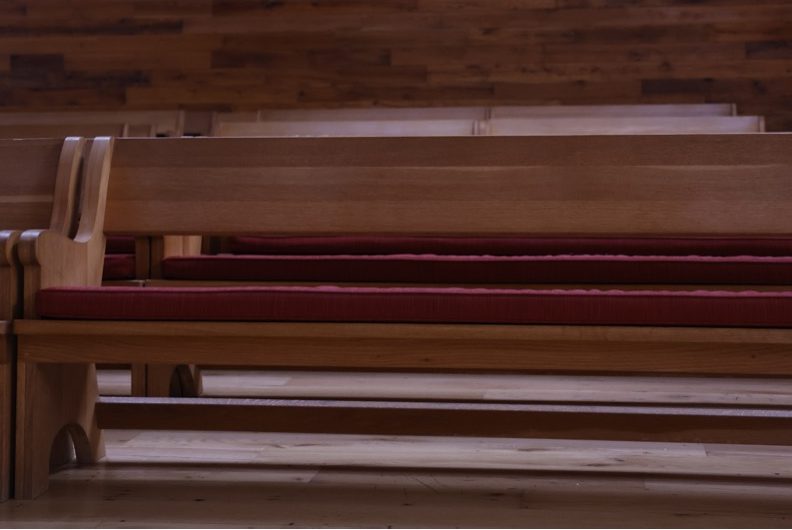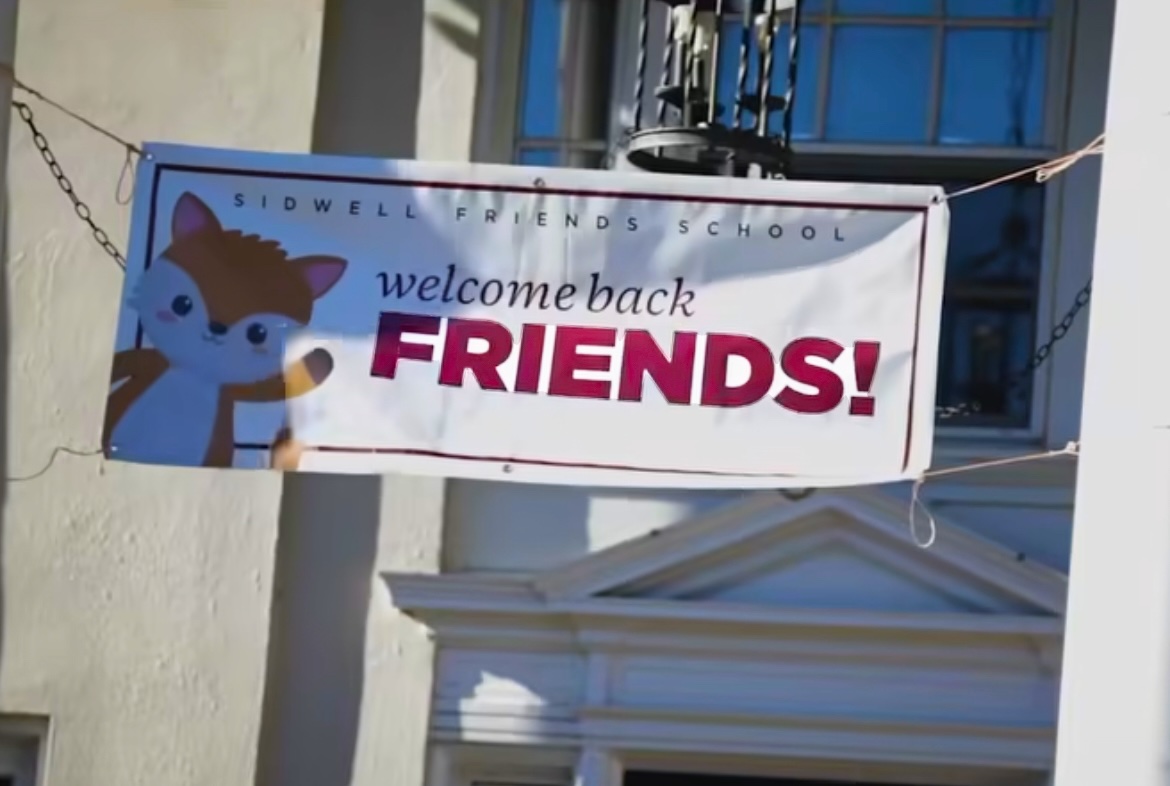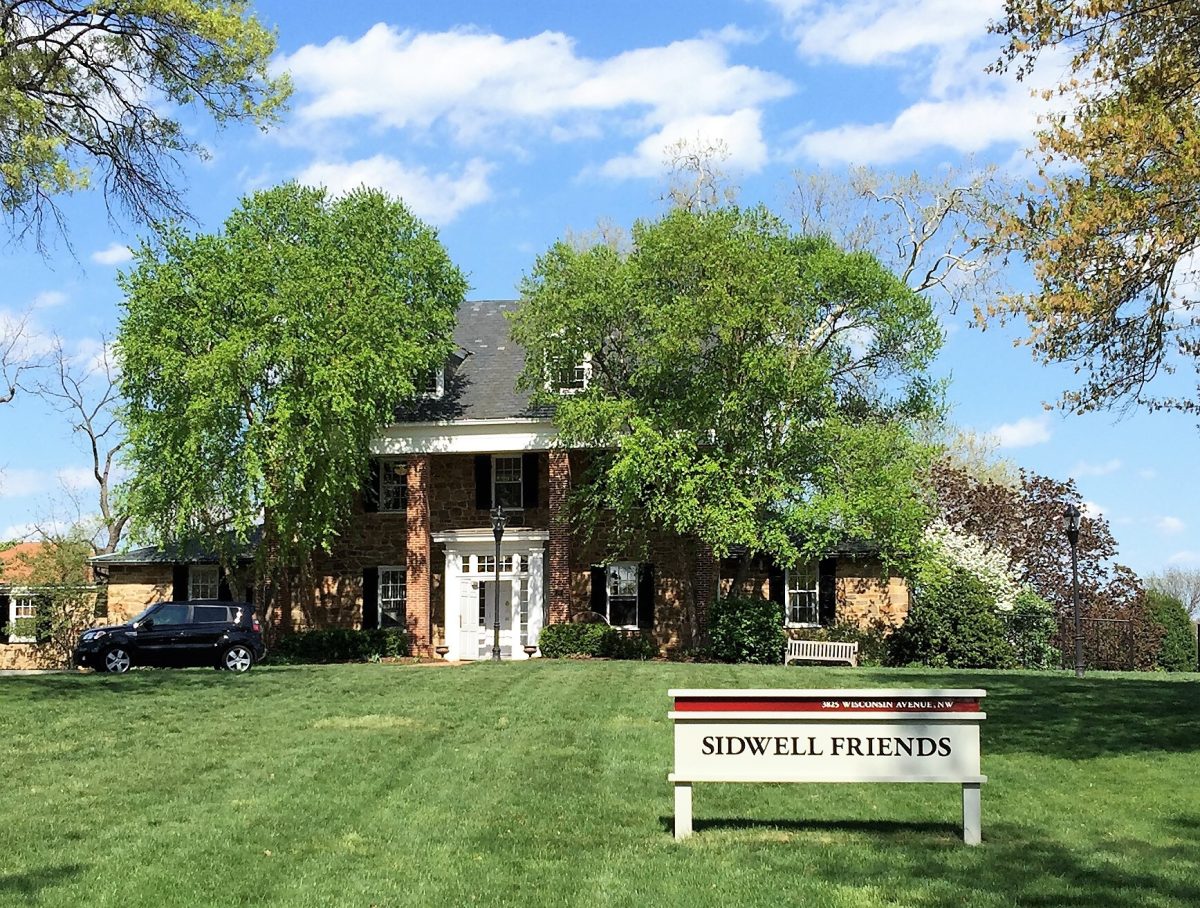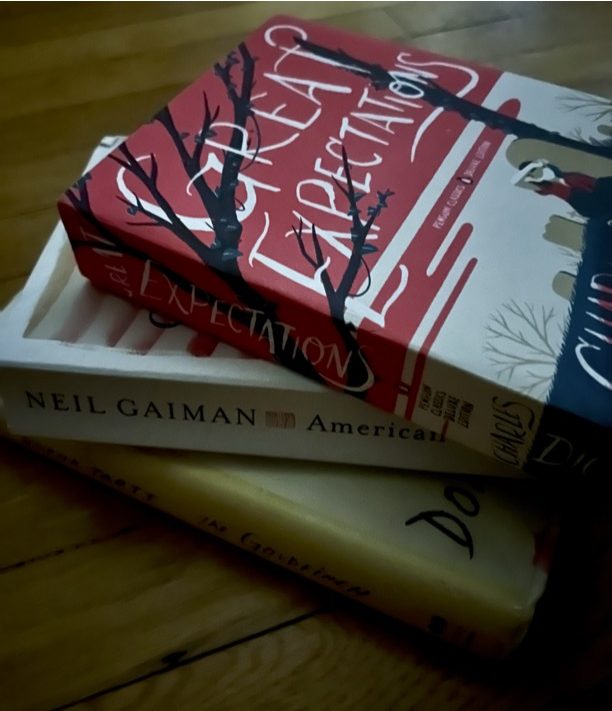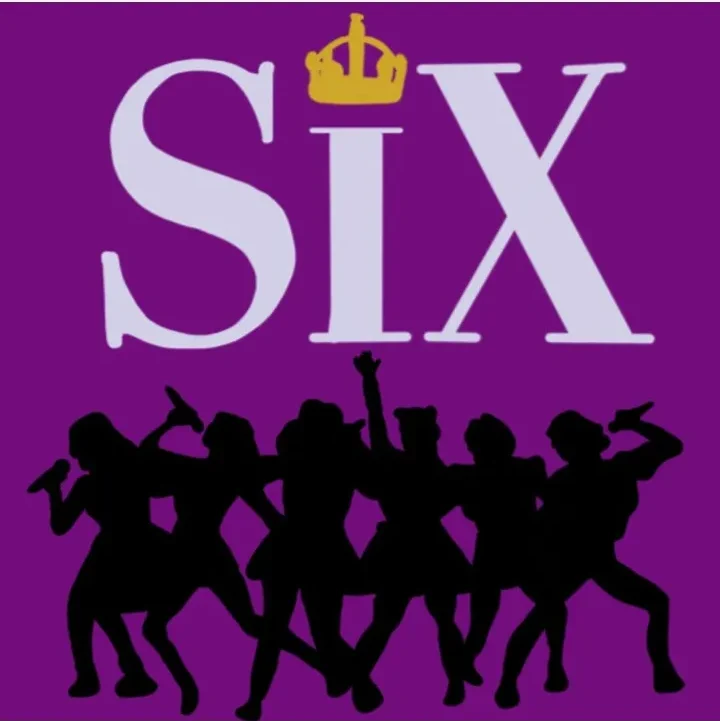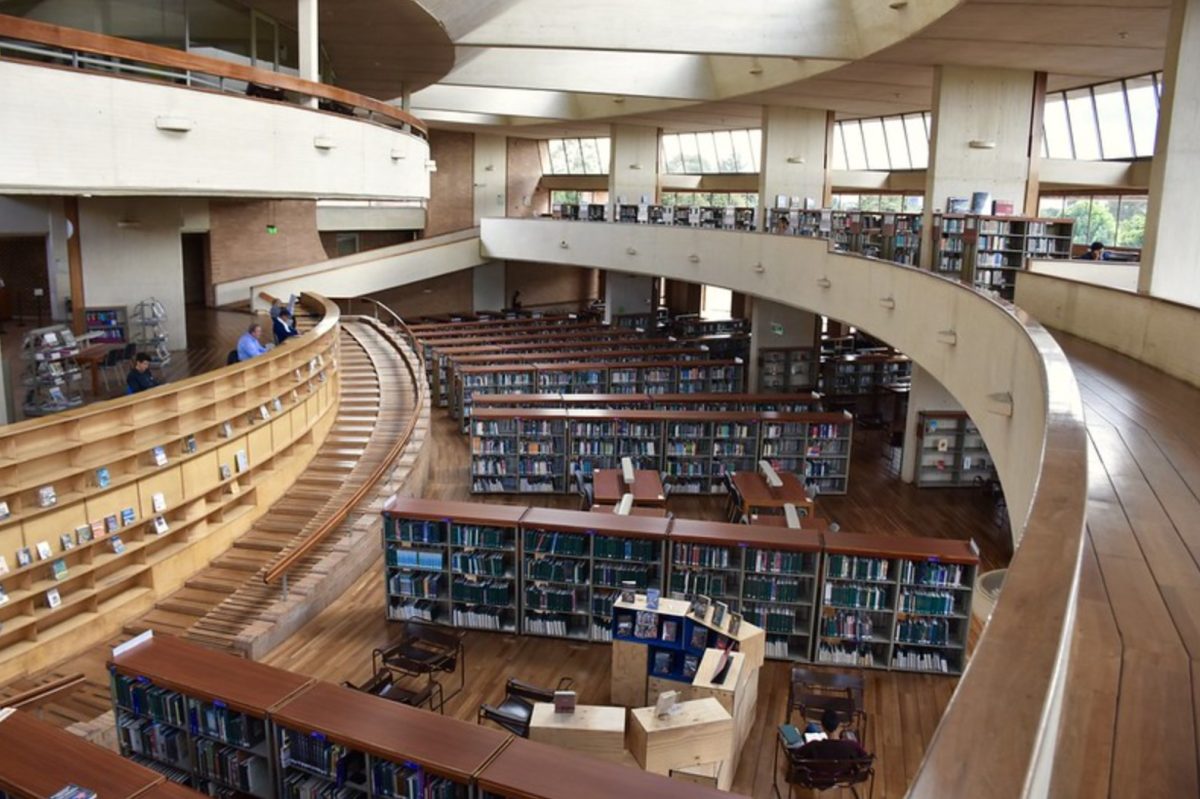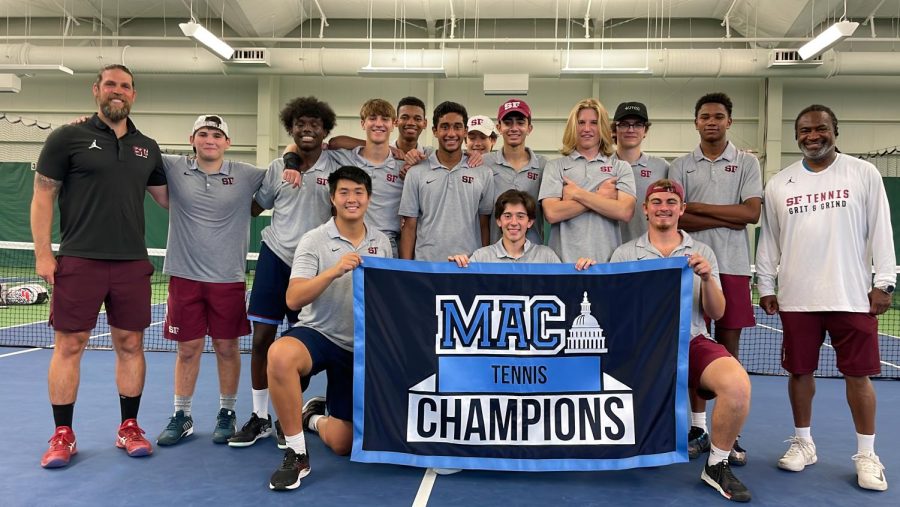On Sept. 20, California Governor Gavin Newsom signed legislation banning legacy-based admission at California colleges and universities. The ban, which affects schools such as Stanford University and the University of Southern California (USC), begins on Sept. 1, 2025, and will start with the admissions process for the class of 2026.
Discussion around the policy change arose after the Supreme Court’s 2023 ruling banning affirmative action. The University of North Carolina, one of the defendants in the Supreme Court case, claimed the policy aids marginalized communities and combats historical inequities. Although affirmative action was banned in public California universities in 1996, not all private schools had regulations around legacy admissions. However, USC stated that its academic rigor standards are not affected by legacy preferences, meaning that if legacy students do not meet the expectations of such an elite school, they will still be rejected.
In addition to the ban, starting in June of 2026, schools must report their legacy admission rate to the California Attorney General’s office. The Attorney General can levy financial penalties against the school if the results demonstrate potential legacy-based admissions.
Assemblymember Phil Ting strongly advocates for strict penalties on schools that do not follow the rules. Ting suggested that schools be forced to pay back money similar to what they receive in Cal Grant Payments, a system that gives large amounts of money to colleges and universities for student loans.
Opponents of legacy admissions claim that admitted students are more likely to be white and come from wealthy families. Students with alumni connections, particularly wealthier alumni, are more likely to encourage donations from their families, which boosts the school’s total revenue. Although legacy preferences benefit the school, The University of North Carolina found that it can result in the rejection of equally capable or first-generation students. In 2022, around 14% of the entering class at Stanford and USC had legacy or donor connections. Governor Newsom wrote in a press release that college admissions should be based on “merit, skill, and hard work,” not on a student’s relation to an alum or significant donor.
Maryland is the only state besides California that has a ban on legacy admission preferences for private and public universities and colleges. President of Johns Hopkins University in Baltimore, Md., Ron Daniels, added that eliminating legacy preferences has allowed for “more space and opportunity to recruit a broader array of talented students.” Although some schools claim only to accept legacy students who meet their academic standards, most schools have seen a decrease in legacy student admissions after removing legacy preferences.
Assistant Head of School Frankie Brown defines a legacy student as “a child of a graduate or someone who attended the school.” There is no set policy on legacy admissions at Sidwell; instead, Brown stated that there are “long, evolved practices” that influence the admission of legacy students. Around 10% of admitted students are legacies each year, which Brown says is not a purposeful choice but rather how it typically “work[s] out.” Legacy relations are mainly considered when two students of equal qualifications are compared. Regardless of the legacy status, each admitted student meets Sidwell’s required criteria.
The concern around legacy admissions at Sidwell is similar to the ones of colleges; most alumni are white, Ms. Brown explains. Sidwell strives for diversity, so reserving spots for a similar demographic goes against the school’s values.
California’s ban on legacy admissions opens the door for similar legislation in other states, especially as criticism of legacy admissions becomes more common. According to Duke University, 75% of American adults do not support legacy preferences in college admissions. The acceptance spread of the class of 2026 will be under scrutiny to understand the effects of this significant change in college admissions.










